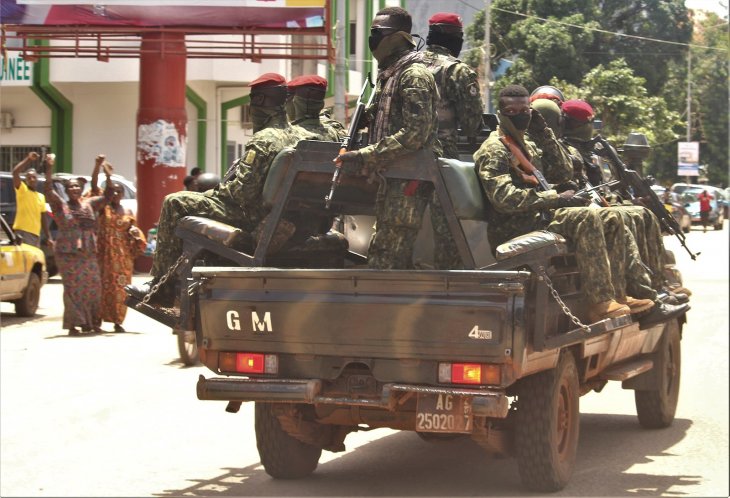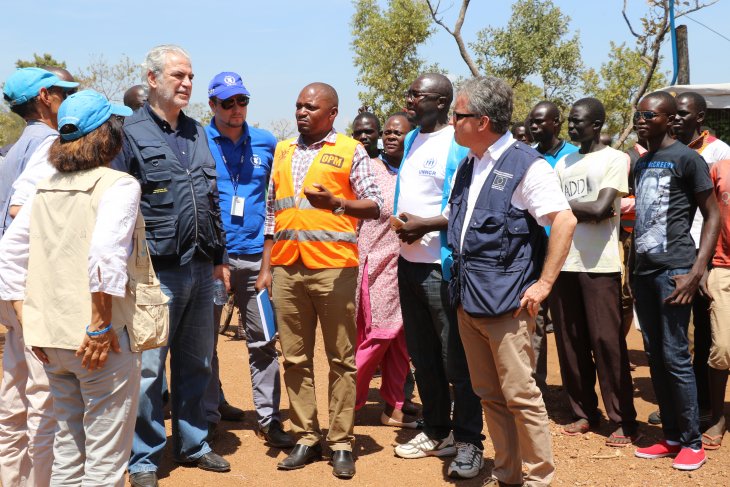While the fate of Guinea’s former President Alpha Condé remains unclear following a military coup on September 5, the ongoing political turmoil is most likely a beginning of a repetitive cycle of a semi-democratic military governance observed across West Africa.

Military parade following the coup in Guinea. Photo: Aboubacarkhoraa / Wikimedia Commons
Security Defection: Domestic vs. International Community Reactions
Guinea is, yet again, facing political uncertainty after elite security forces overthrew the president in a coup. The coup was led by the head of Guinea’s special forces, Lt. Col Mamady Doumbouyah, who is said to have served in the French legion and received military training from the United States, through US AFRICOM (U.S. Africa Command). Following the coup, Col. Doumbouyah appeared on Guinean state television together with his armed soldiers. They announced that the president had been detained, the constitution dissolved, and that a nationwide curfew had been imposed.
The unfavorable political development of this impoverished, yet resource-rich nation comes as no surprise for many. This coup followed a year which saw numerous violent protests led by the main opposition party, headed by Cellou Dalein Diallo and his supporters, against a constitutional change and an election which was allegedly fraudulently won by Alpha Condé’s party. It should be noted that despite holding the world’s largest bauxite reserves, Guinea remains one of the poorest countries in the world, with most of its population living under less than 1 dollar per day.Read More





